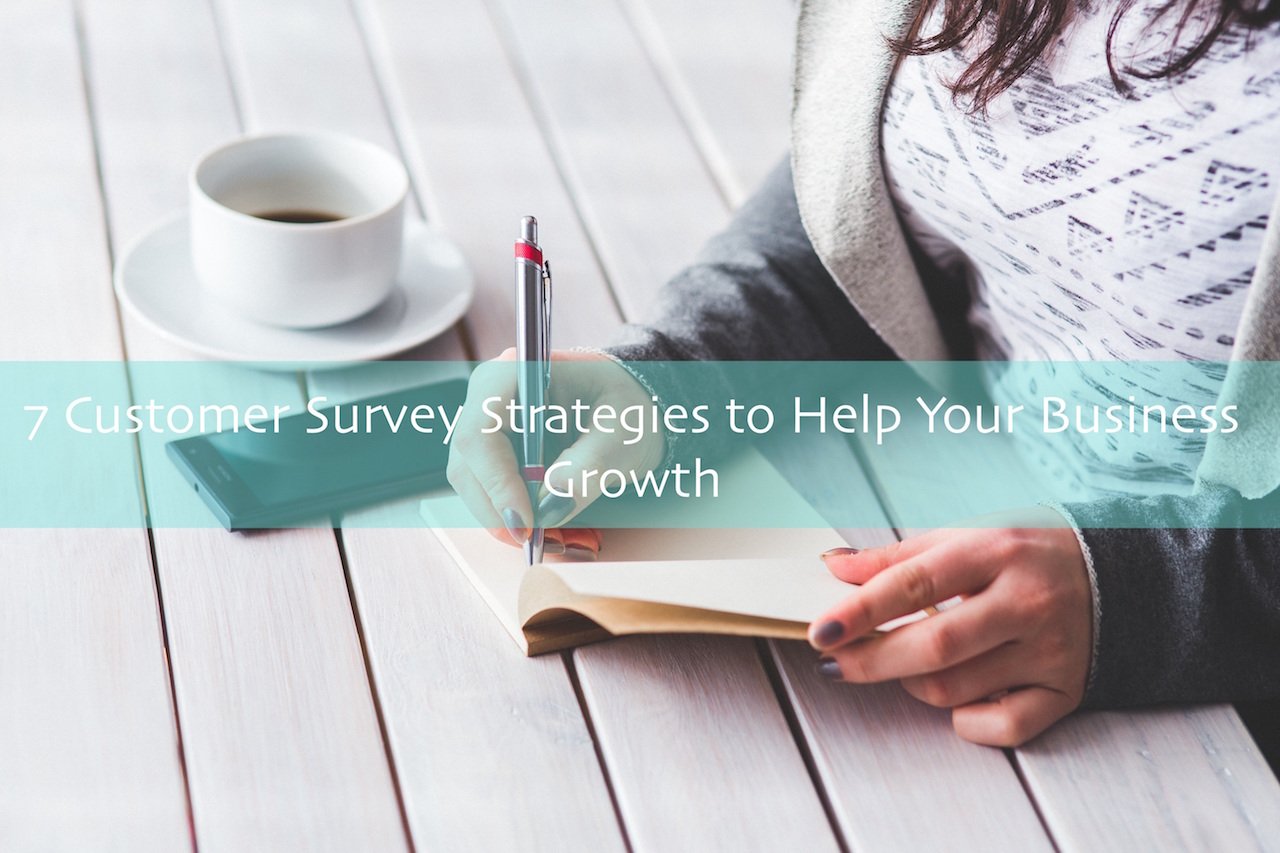
Surveys can turn out to be one of the biggest assets of your business, it makes it easy to learn more about your customers, your company, even your potential customers, as well as the industry that you work within, all of which is possible to achieve through channels of information that would otherwise be left aside. Amongst the many customer engagement methods out there, only a few can be as effective as customer surveys.
Every survey you create is an opportunity to dive into the minds of the customer, but also an opportunity to explore the aspects of your business, and the areas where improvements could be made, think of the following areas for your next survey:
- Get customer reviews for the products they’ve bought.
- Learn about new features/products that customers want.
- What can be done about prices to make them more appealing.
- Find out the type of content your customers are looking for.
- Ask questions about your current website, newsletter.
- Let users express their feelings on what you could improve.
Your choice of topics for each survey is important, it’s not like you’re going to be sending out surveys every day, or week for that matter. You may be wondering what new features and product types customers are looking for, so this kind of a survey could be sent out every 6 to 12 months, as it should give you enough information to keep you busy for that long. It should help you get an idea of the broader perspective quite easily.
Dive deeper: Skills Worth Learning to Become a Better Business Person
With that in mind, there are still a few points to take into consideration when deciding to send a survey, so the rest of this post is going to be focused around seven customer survey strategies to get the most out of each survey that you send. If you’re a frequent survey sender yourself, we would love to hear your stories about making the most out of it.
Bring the story.
Get to know your customers with stories. Expose your softer side by going into detail as to how something came to be, this can be particularly powerful if you explain to your customers as to how taking advice from surveys had helped to shape a particular part of the product. Perhaps there was feedback left that made an incredible impact on the shape of the business. Instead of asking users to praise you, get them to help you.
Keep the vision.
You shouldn’t be asking your customers to help you with shaping the vision of your business/company, their part of the bargain is to help you with ideas that could improve the overall user experience, rather than the direction of where you’re headed. Listening to feedback will give you the direction you need, nobody has time to write their own perspective of how your business should be run.
Follow up.
This is where you really get to connect with your customers. Anyone who has taken their time to respond to a survey you’ve sent out, deserves at least a warm thank you. Not just any thank you. The follow up is your opportunity to discuss with the customer exactly what has been on their mind, and whether you agree with their views or not, engage them in a intellectual discussion. They’ve listened to you, now you listen to them.
No fluff.
Keep your customer service aspirations high, surveys are not a way of generating useless praise and feedback about your company, surveys are for connecting with the individual customer and getting to know their thoughts on how to improve your product, service and business.
The right questions.
It all depends on what you want to know, the typical survey will consist of 30 up to 50 questions, but if you narrow it down to a specific thing you want customers to report back about, you could look at 10 questions at most; the average maximum for what consumers have the attention span for. The categories for the right questions to ask was discussed at the beginning of the post.
Timing is everything.
Chances are, if I purchase something today, after a few months it will have lost the initial value to me, and I will have integrated the product in my life in a way that’s personal, or I will have forgotten about it. Nothing sucks more than receiving a survey 10 months after you’ve purchased the product.
Read: Tips for Marketing Your Business with Referrals
With that in mind, it’s good idea to send out surveys shortly after the product was purchased. A month, maybe two months at most. This will give you real valuable feedback that will keep you propelling forward.
Incentives.
You shouldn’t bribe your customers, but you can definitely opt for rewarding them for spending time to help you become a better overall company. The types of incentives are endless, with most common ones being; giveaways, discounts to share with friends, or an actual prize draw. The incentives should be reasonably sized, not too big and not too loud, good enough so the customer will think of the possibility of attaining it.

